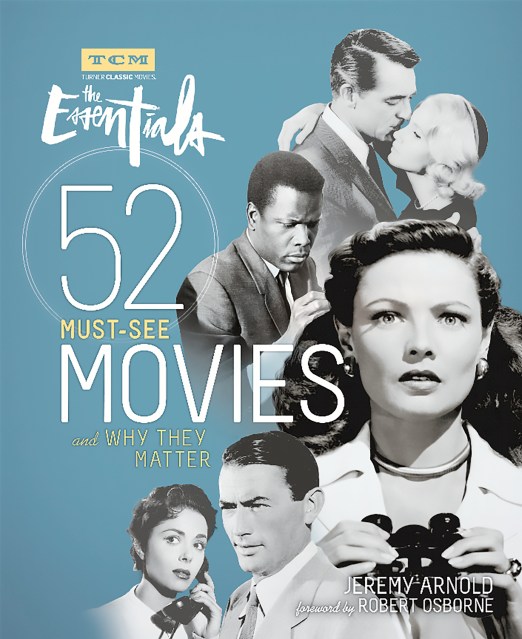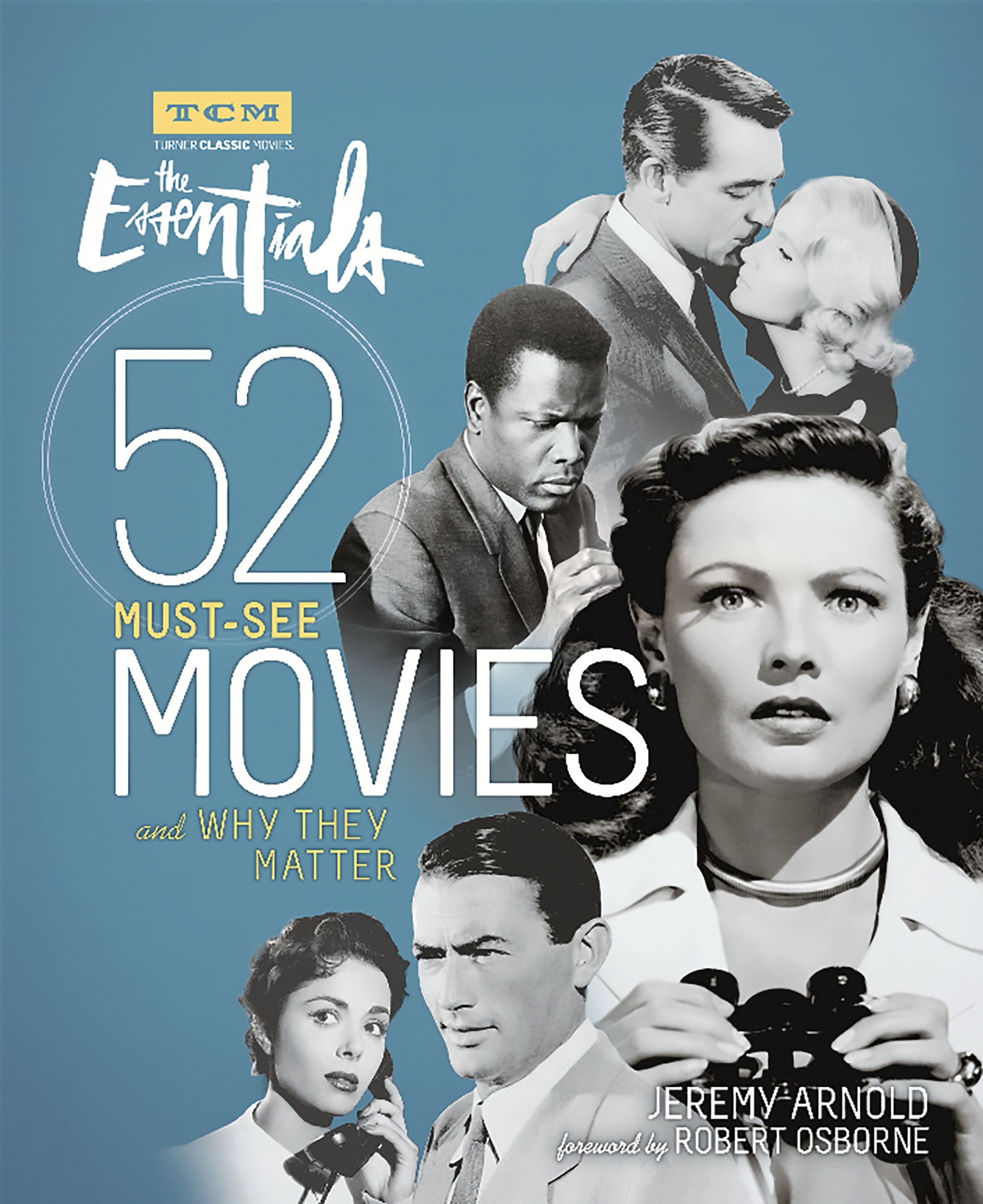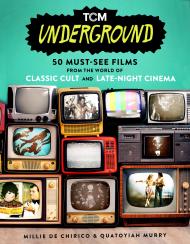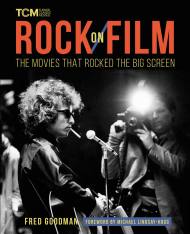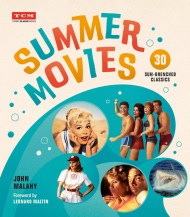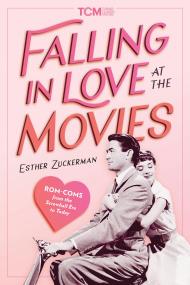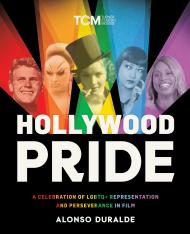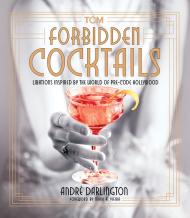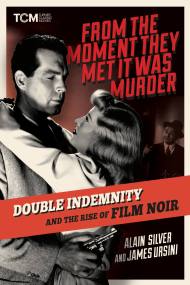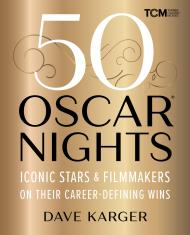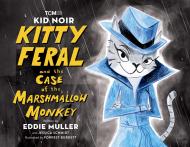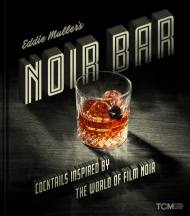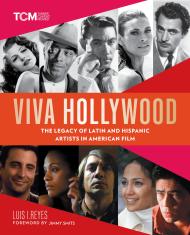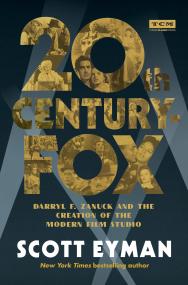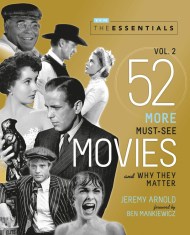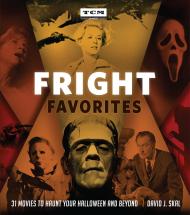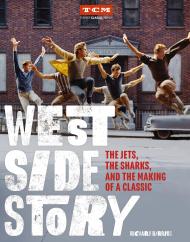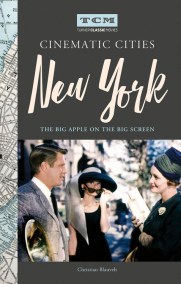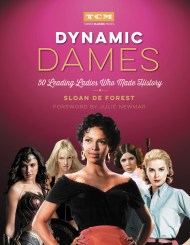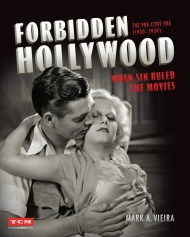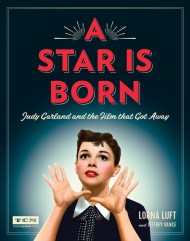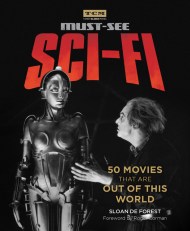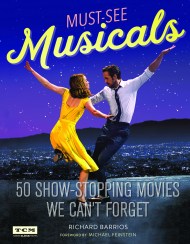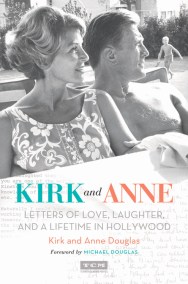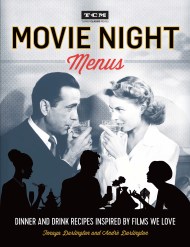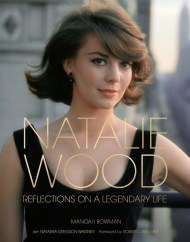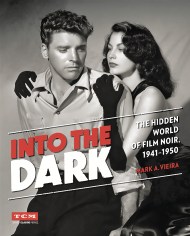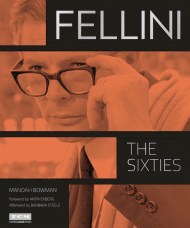Promotion
Use code MOM24 for 20% off site wide + free shipping over $45
The Essentials
52 Must-See Movies and Why They Matter
Contributors
Foreword by Robert Osborne
By Turner Classic Movies
Formats and Prices
Price
$25.99Price
$32.99 CADFormat
Format:
- Trade Paperback $25.99 $32.99 CAD
- ebook $16.99 $20.99 CAD
This item is a preorder. Your payment method will be charged immediately, and the product is expected to ship on or around May 3, 2016. This date is subject to change due to shipping delays beyond our control.
Also available from:
Showcasing 52 Essential films from the silent era through the 1980s, Turner Classic Movies invites you into a world filled with stirring performances, dazzling musical numbers, and bold directorial visions that mark the greatest moments in film history.
Since its inception on Turner Classic Movies in 2001, The Essentials has become the ultimate series for movie lovers to expand their knowledge of must-see cinema and discover or revisit landmark films that have had a lasting impact on audiences everywhere.
Based on the TCM series, The Essentials book showcases fifty-two must-see movies from the silent era through the early 1980s. Readers can enjoy one film per week, for a year of stellar viewing, or indulge in their own classic movie festival. Some long-championed classics appear within these pages; other selections may surprise you. Each film is profiled with insightful notes on why it’s an Essential, a guide to must-see moments, and running commentary from TCM’s Robert Osborne and Essentials guest hosts past and present, including Sally Field, Drew Barrymore, Alec Baldwin, Rose McGowan, Carrie Fisher, Molly Haskell, Peter Bogdanovich, Sydney Pollack, and Rob Reiner.
Featuring full-color and black-and-white photography of the greatest stars in movie history, The Essentials is your curated guide to fifty-two films that define the meaning of the word “classic.”
Genre:
- On Sale
- May 3, 2016
- Page Count
- 288 pages
- Publisher
- Running Press
- ISBN-13
- 9780762459469
Newsletter Signup
By clicking ‘Sign Up,’ I acknowledge that I have read and agree to Hachette Book Group’s Privacy Policy and Terms of Use
